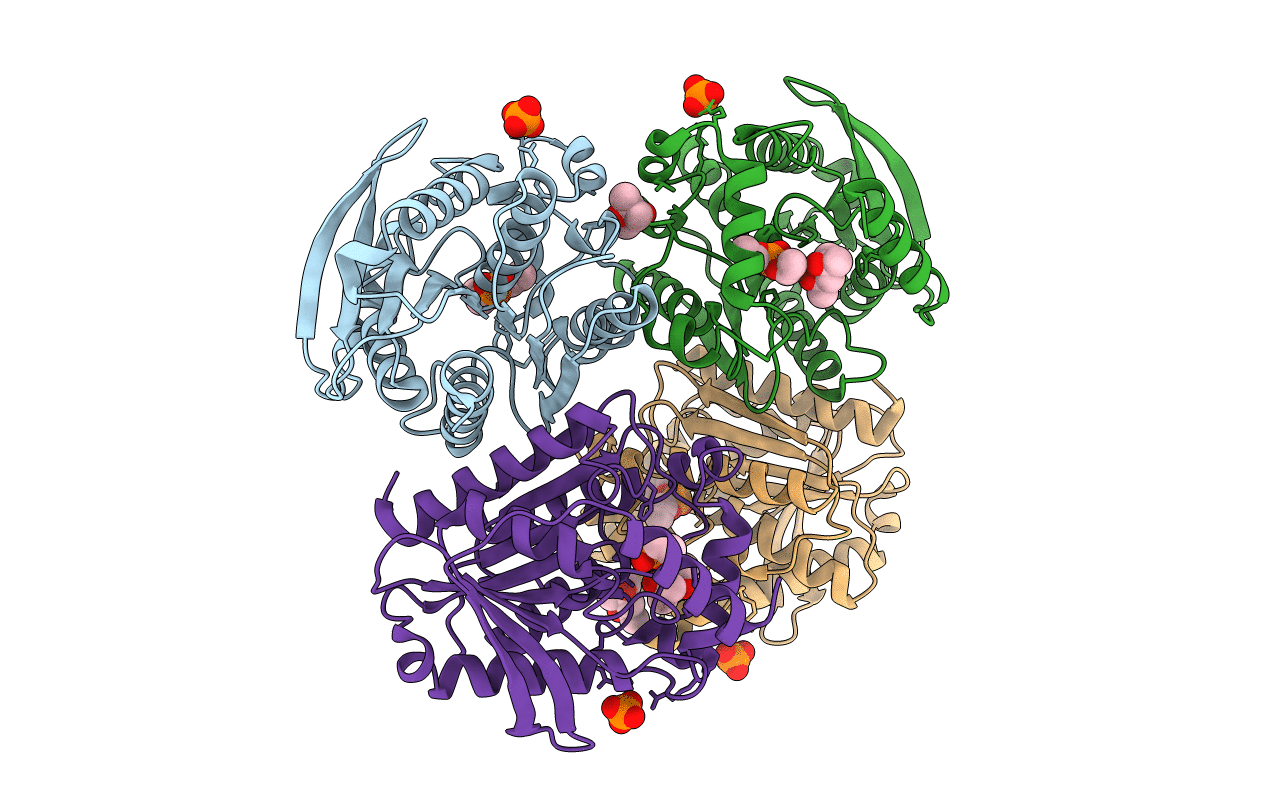
Deposition Date
2010-05-16
Release Date
2011-06-08
Last Version Date
2024-10-30
Entry Detail
PDB ID:
3AIL
Keywords:
Title:
Crystal structure of a HSL-like carboxylesterase from Sulfolobus tokodaii complexed with paraoxon
Biological Source:
Source Organism:
Sulfolobus tokodaii (Taxon ID: 111955)
Host Organism:
Method Details:
Experimental Method:
Resolution:
1.91 Å
R-Value Free:
0.19
R-Value Work:
0.16
R-Value Observed:
0.16
Space Group:
P 1 21 1


